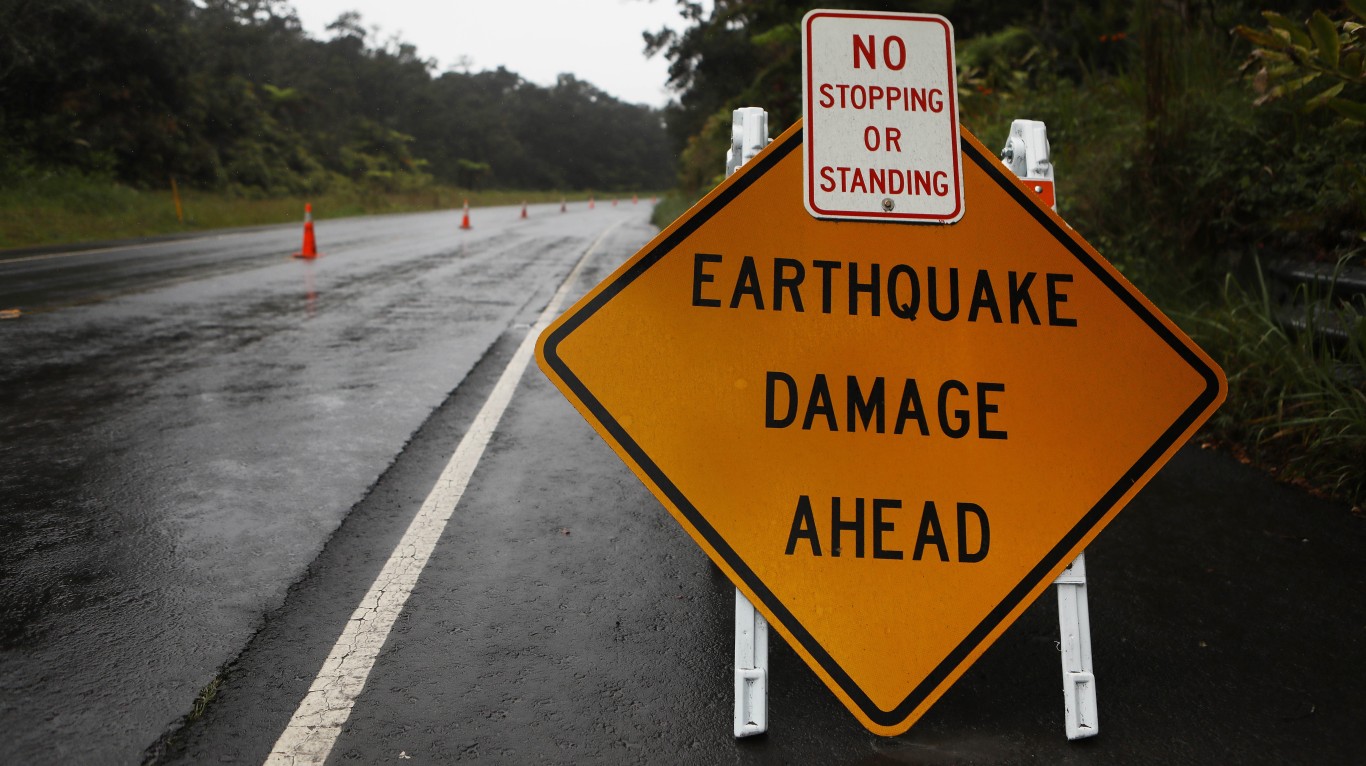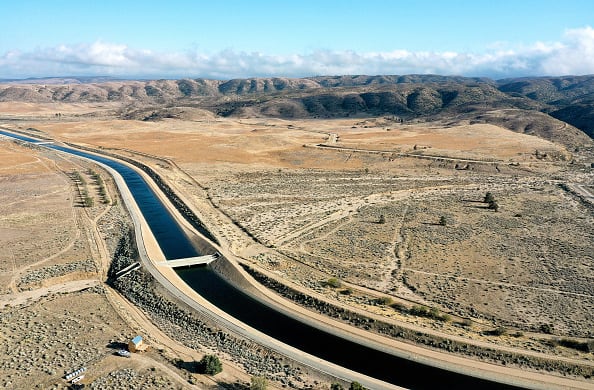
Our planet is incredibly vast, with everything from rainforests to very dry deserts. Due to their locations and precipitation patterns, some areas just don’t get that much moisture. And you may be surprised to learn that many of these places aren’t deserts!
These dry areas push the limits of life on Earth, but there is a surprising amount of life in these perpetually dry places. From the frigid McMurdo Dry Valleys to the deserts of North Africa, we’ll countdown through the 15 of the driest places on Earth based on precipitation.
Of course, it’s important to remember that precipitation does differ from year to year, so these are based on averages!
Why Are We Covering This?
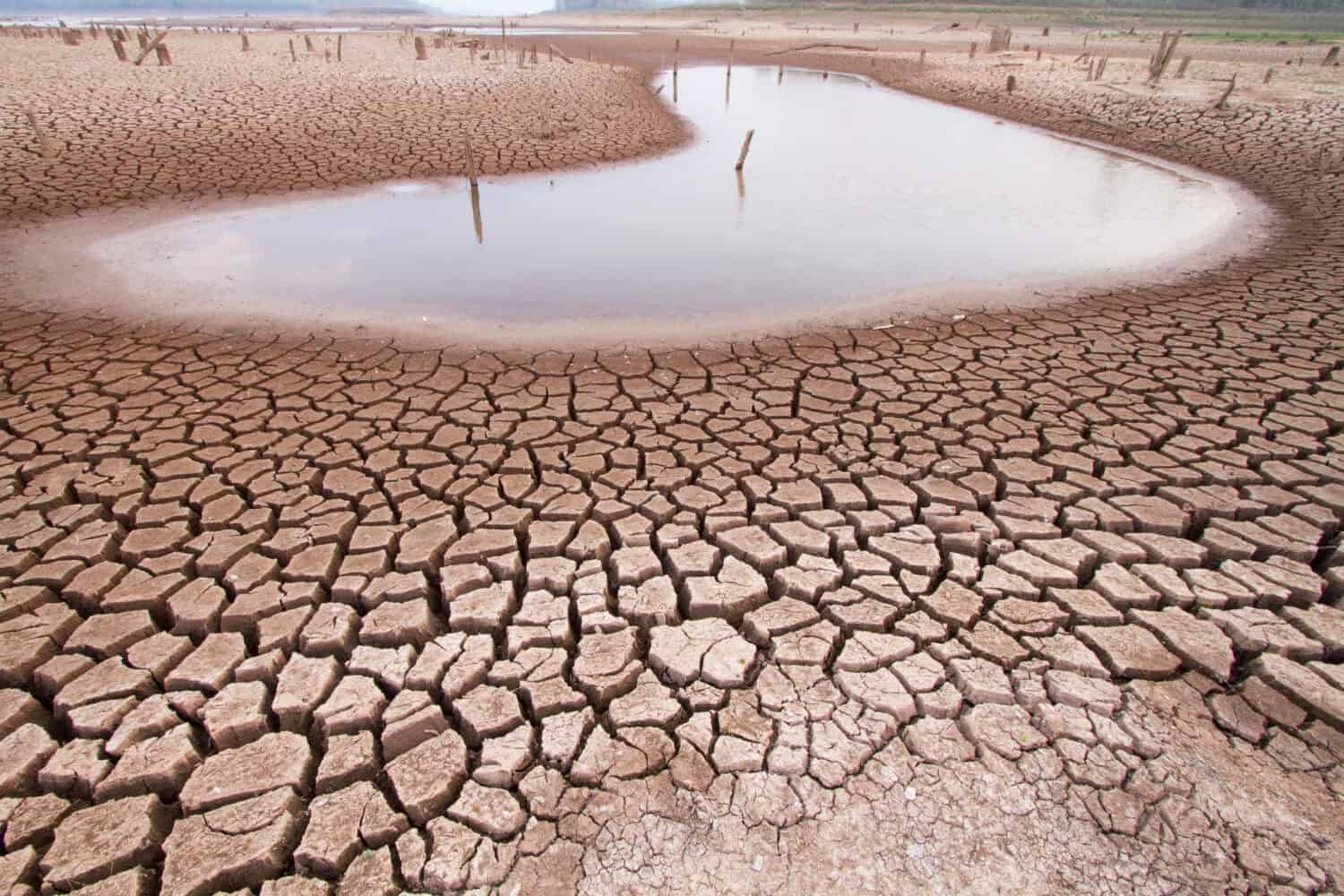
Droughts cost billions globally each year. As you might guess, dry places tend to have more droughts, especially if they have been over-settled by people. These areas may see serious losses due to droughts. Even in places that aren’t the driest on Earth, serious steps are taken to solve droughts.
15. Tirana, Albania
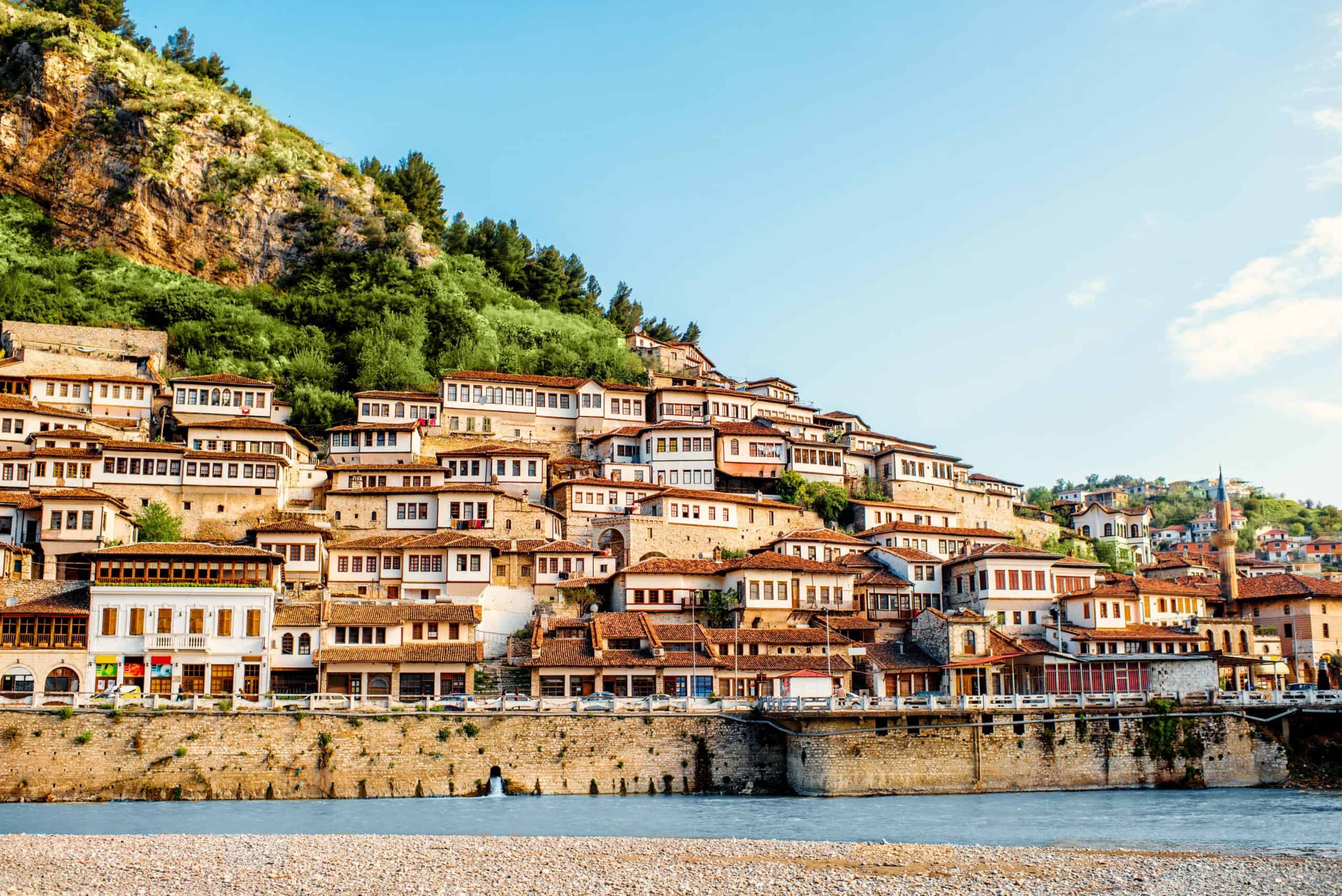
- Rainfall per Year: 15.7 inches
This Mediterranean city receives an average of 15.7 inches of rain every year. While it isn’t as arid as many of the areas lower on this list, Tirana does experience frequent droughts due to its location on the rain shadow side of the mountains.
14. Mogadishy, Somalia
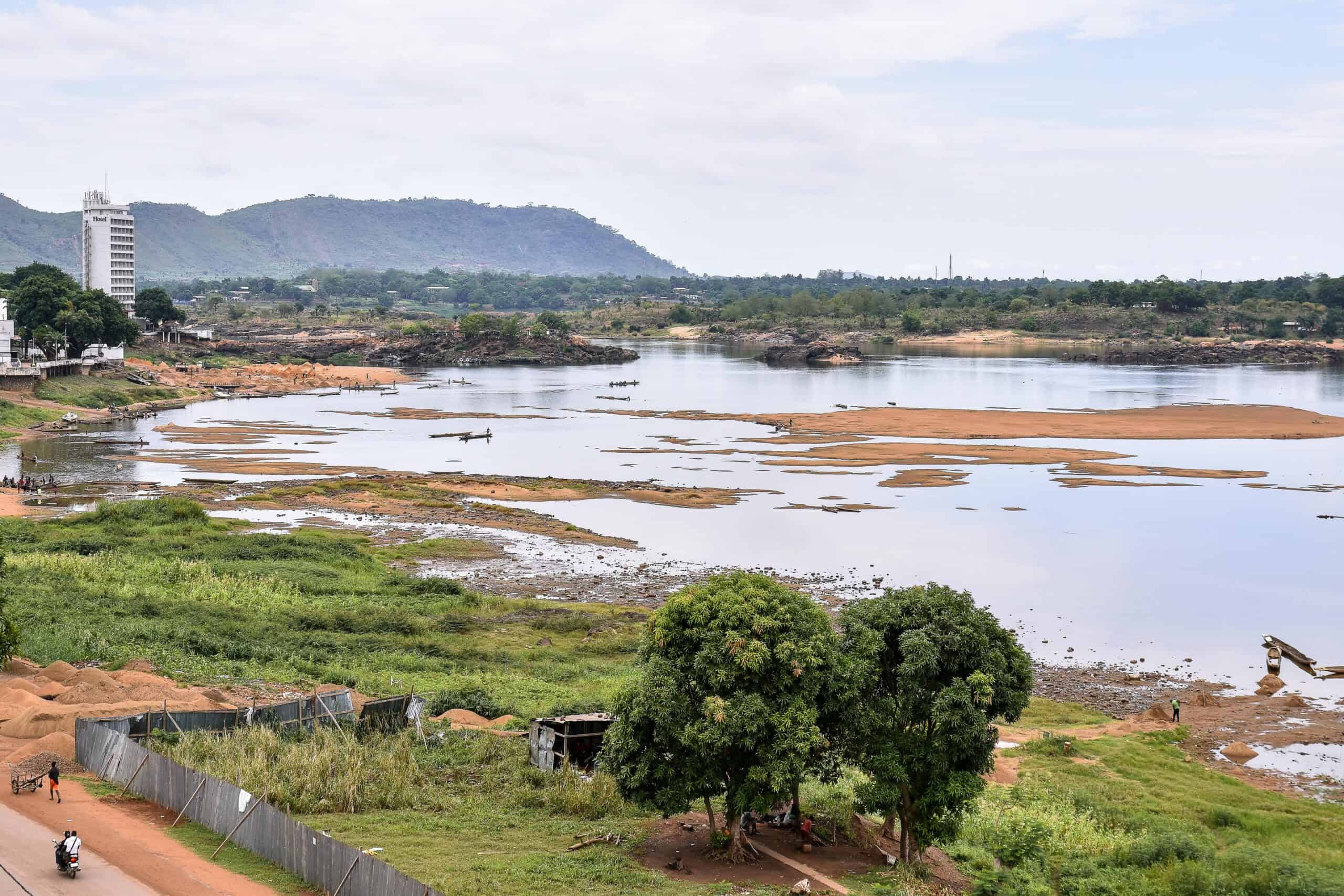
- Rainfall per Year: 12 inches
The capital of Somalia receives an average of 12 inches of rain per year. While this place does receive more rain than others on this list, it still experiences very frequent droughts due to its location on the Horn of Africa, a region that is exceptionally arid. The combination of high temperatures and unreliable rainfall contributes to water scarcity in the region.
13. Tombstone, Arizona, USA

- Rainfall per Year: 9.8 inches
Tombstone is best known for its Wild West history. However, you may be surprised to learn that it has very little moisture, receiving around 9.8 inches of rain a year. It’s in the Sonoran Desert, which experiences very hot summers and mild winters. Most of the rain this place does get falls in the winter during the milder months.
12. Cabo San Lucas, Mexico
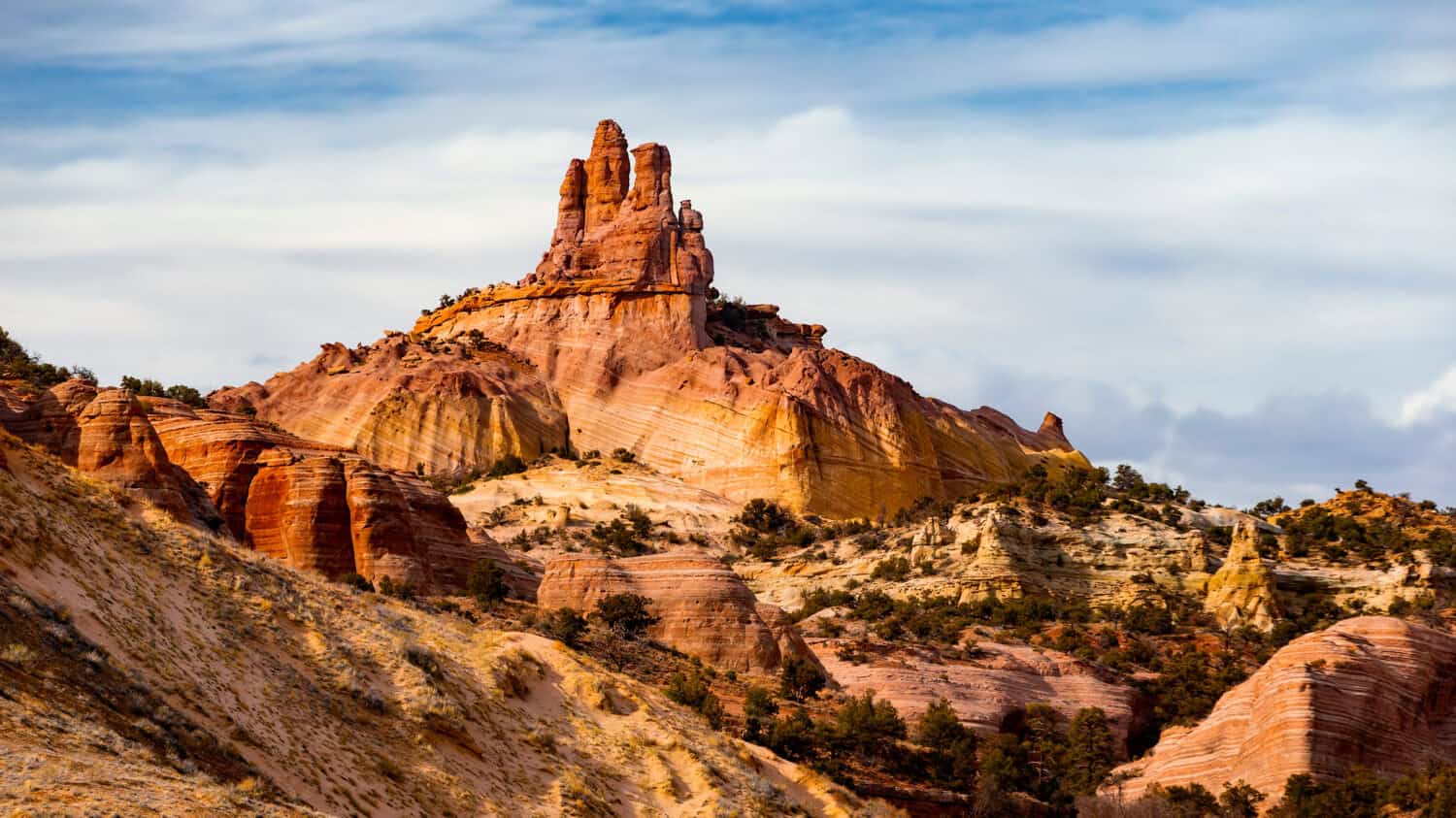
- Rainfall per Year: 8.9 inches
Cabo San Lucas is located at the southern tip of Baja California Peninsula and receives very little rain annually. The area’s dryness is due to the “rain shadow effect” of the Sierra Madre Mountains and the cold California Current offshore.
11. Mojave Desert, California, USA

- Rainfall per Year: 7.8 inches
The Mojave Desert is a very large desert that covers portions of California, Nevada, Utah, and Arizona. Despite its reputation of being very dry, it isn’t close to being the driest place on Earth. You may know this desert for its Joshua trees and the Death Valley National Park that’s located within it.
10. Lima, Peru
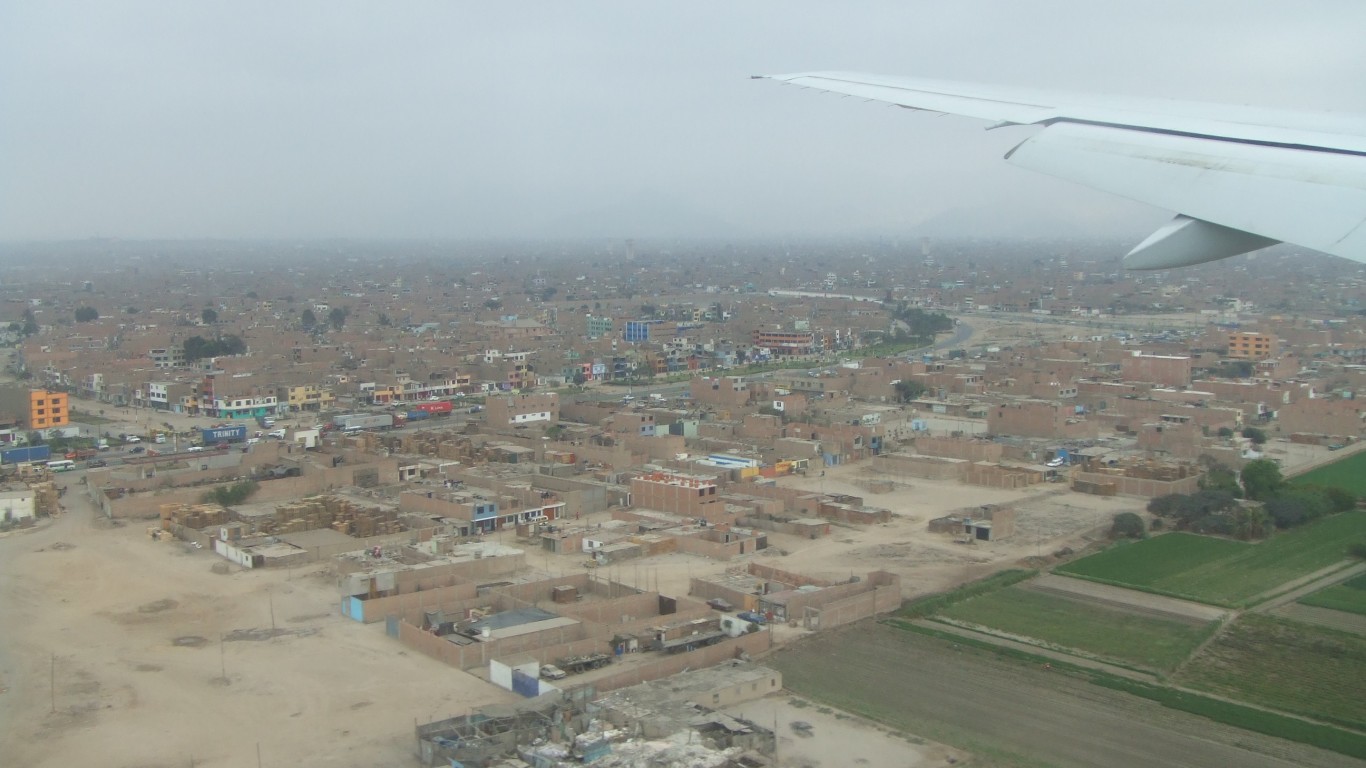
- Rainfall per Year: 6.2 inches
Despite being a coastal city, Lima gets very little rainfall annually. The cold Humboldt Current offshore cools the air, preventing moisture from rising and turning into rain. Plus, the Andes Mountains block moisture-laden winds from reaching the city. In the end, that leaves the whole area with very little rain.
9. Lut Desert, Iran
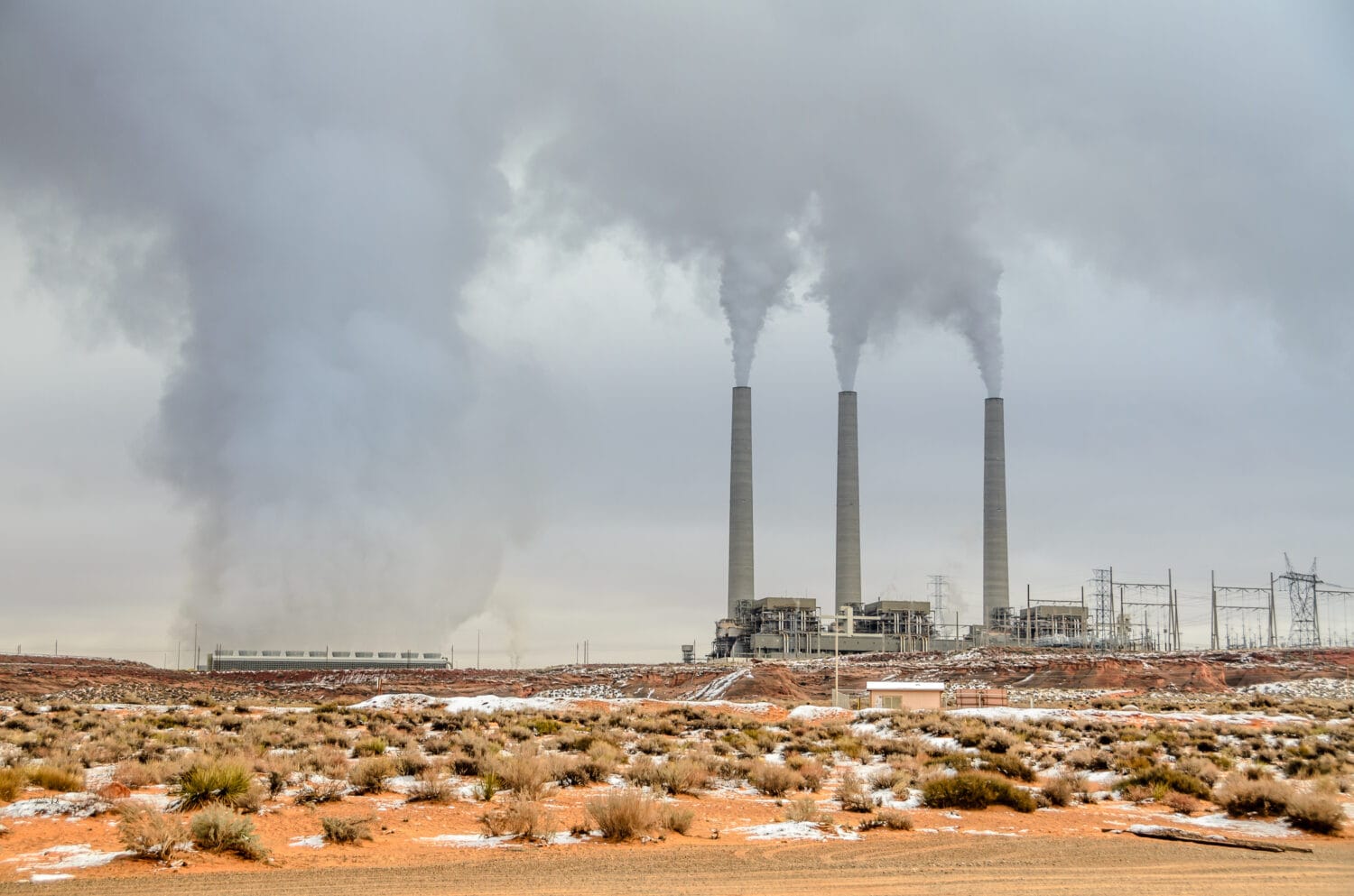
- Rainfall per Year: 2.8 inches
The Lut Desert is a very large desert in southeastern Iran. It receives only around 2.8 inches of rain each year. It’s known for having very extreme temperatures and spectacular sand dunes.
8. Death Valley, California, USA
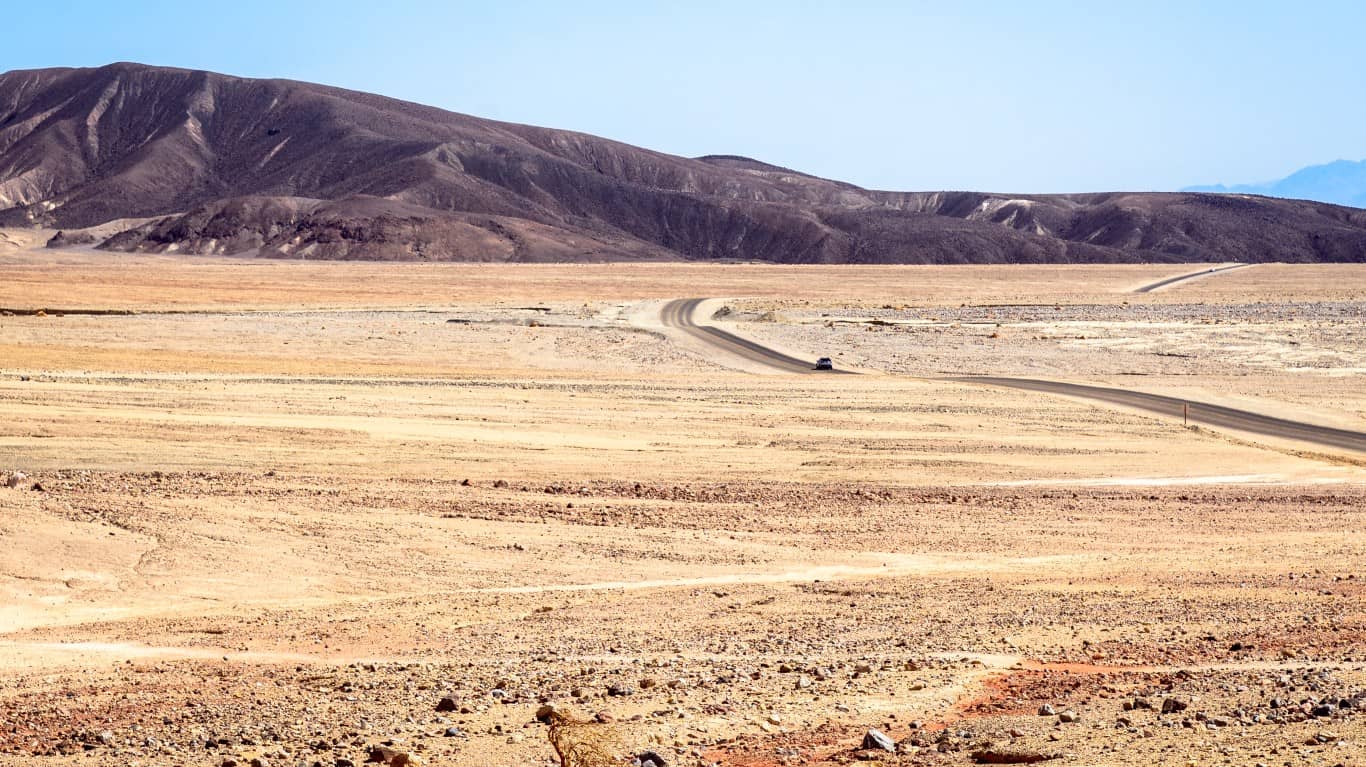
- Rainfall per Year: 2 inches
Death Valley is a desert in Eastern California that has very extreme temperatures. It receives very little rain each year, though it is far from being the dryest place on the planet. It lies in the rain shadow of the Sierra Nevada mountains, which is why it receives so little rain.
7. Aswan, Egypt

- Rainfall per Year: 0.4 inches
Aswan is a city in Egypt that receives very little rain. It’s located on the eastern bank of the Nile River and at the edge of the Sahara Desert, leading to it being one of the driest places on earth. This lack of rain is largely due to the “rain shadow” effect of the Ethiopian Highlands.
6. Luxor, Egypt
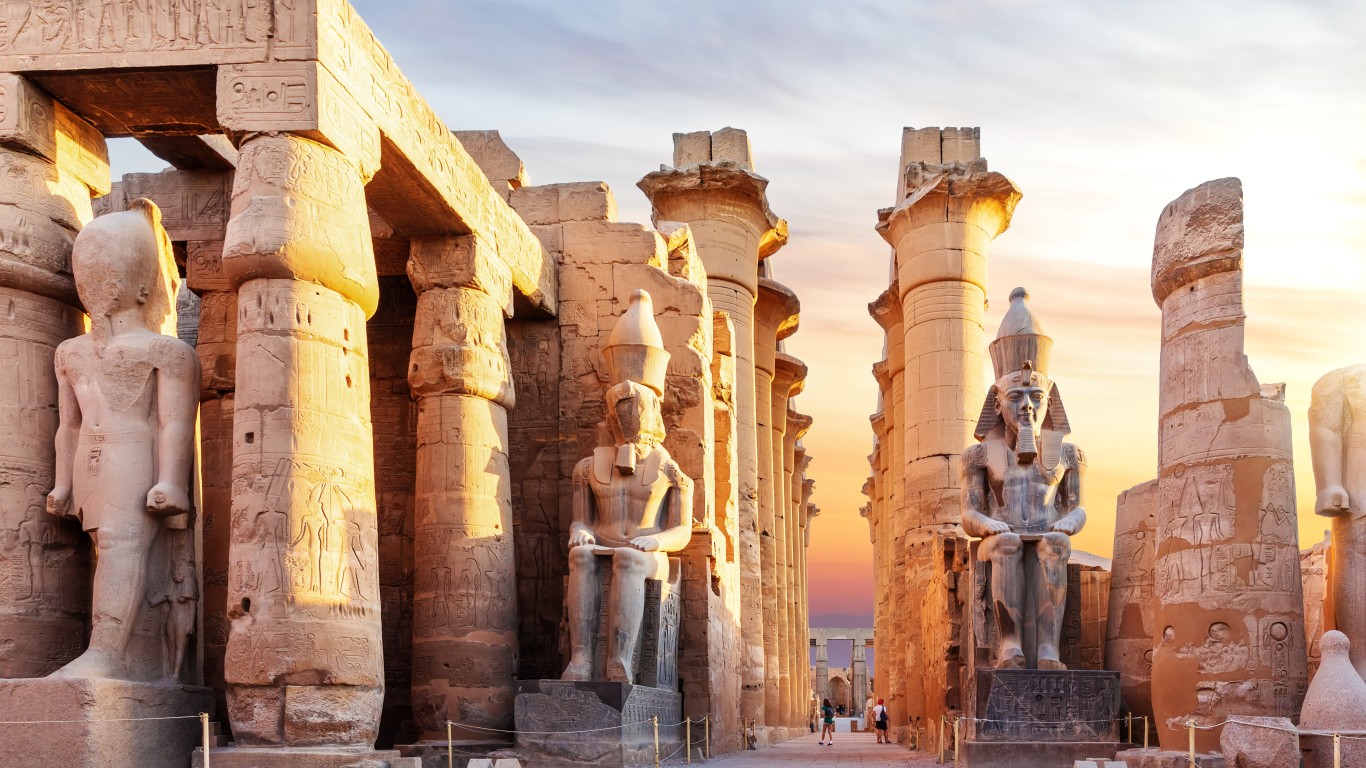
- Rainfall per Year: 0.4 inches
This ancient city sits on the bank of the Nile River. It receives very little rainfall each year because it is located on the border of the Sahara Desert. Luckily, the city can rely on the water of the Nile for most of its needs.
5. Wadi Halfa, Sudan
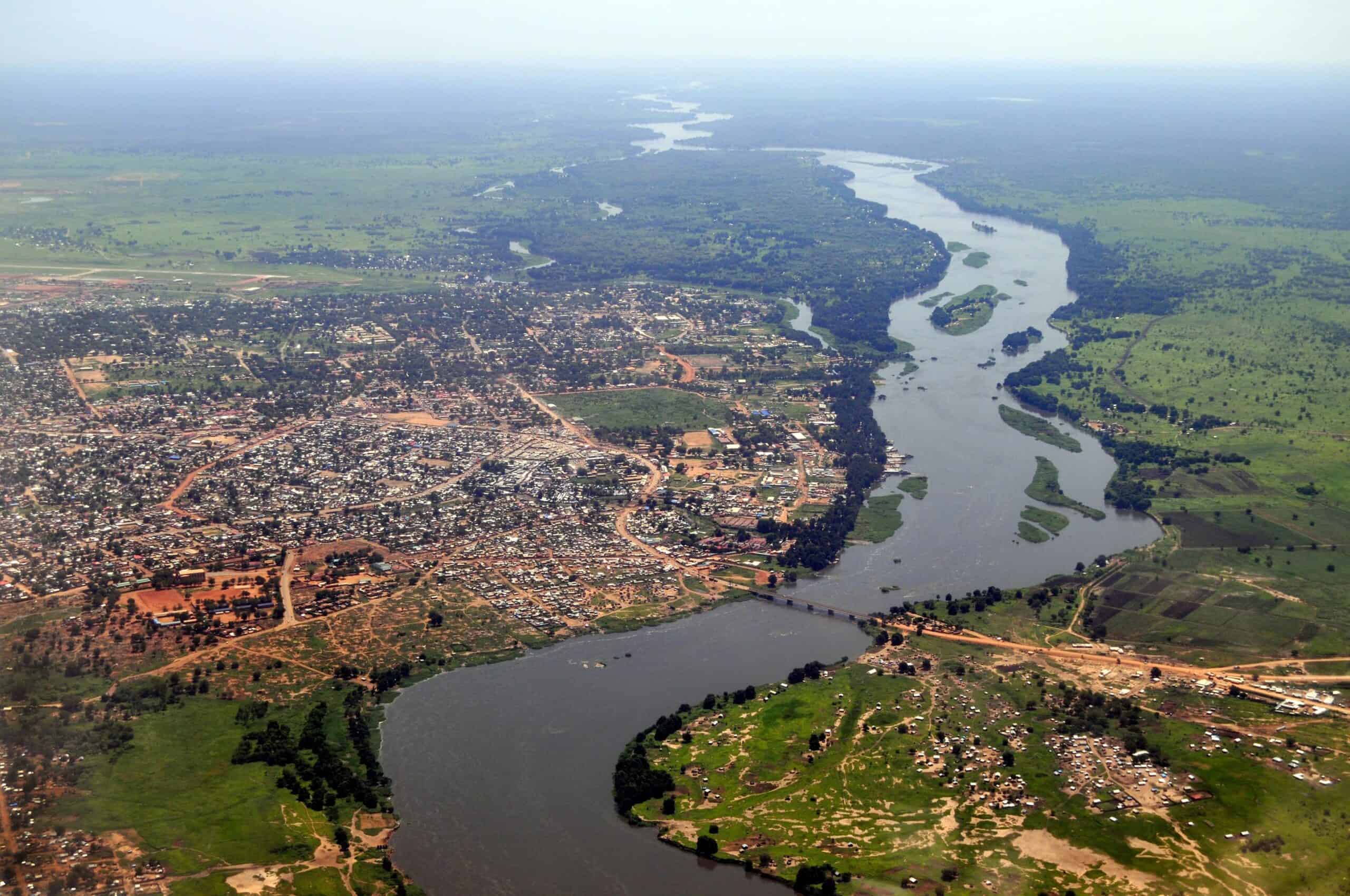
- Rainfall per Year: 0.1 inches
This city is located on the shores of Lake Nubia, but it receives very little rainfall per year. The city also experiences scorching heat due to its location on the edge of the Sahara Desert.
4. Iquique, Chile
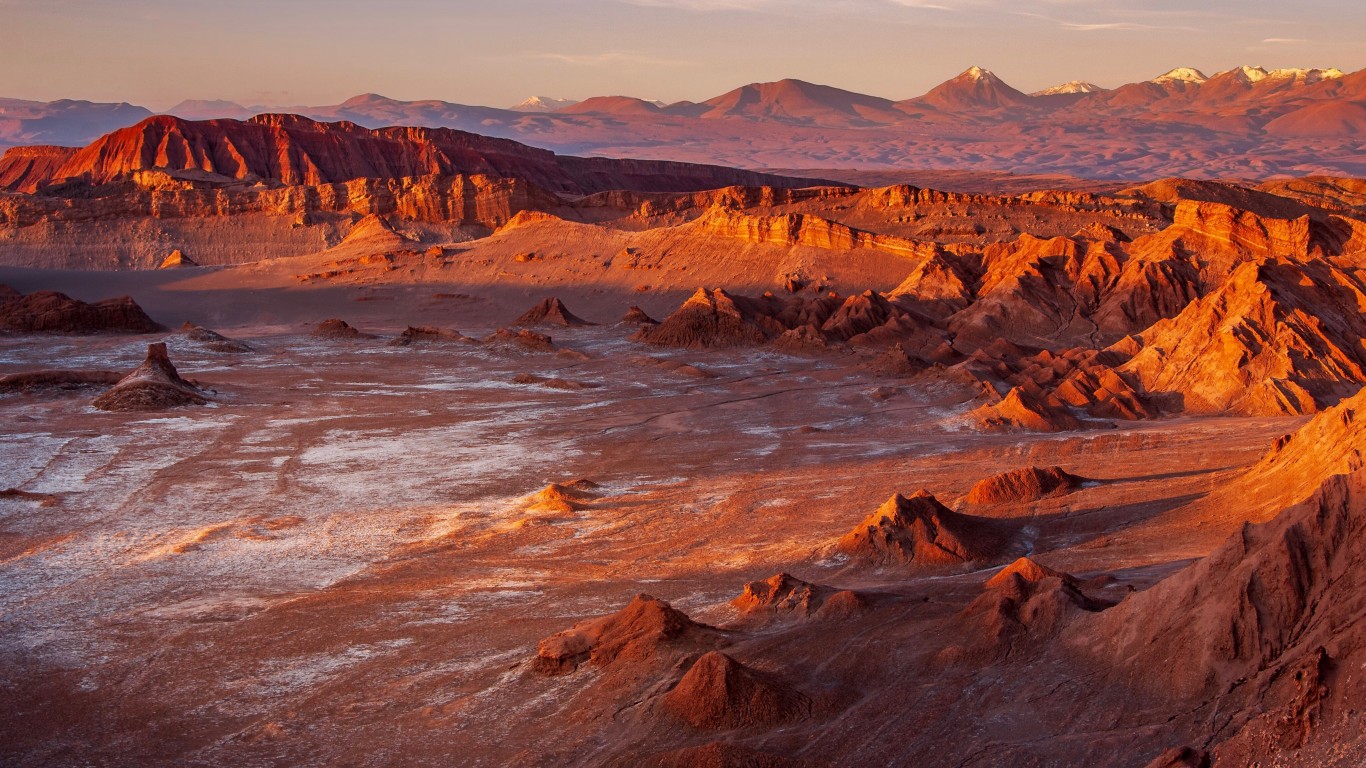
- Rainfall per Year: 0.04 inches
This is another coastal city that receives very little rainfall each year. It’s located in the Atacama Desert, one of the driest places on Earth. The lack of rain is also caused by the Humboldt Current, which we’ve discussed several times on this list thus far.
3. Arica, Chili

- Rainfall per Year: 0.04 inches
Arica, Chili is located in northern Chili on the coast of the Pacific Ocean. Despite this, this city receives very little rainfall each year. For the most part, this lack of rain is due to the cold Humboldt Current, which chills the air and prevents condensation. Therefore, no moisture escapes into the air as rain clouds.
2. Atacama Desert, Chile

- Rainfall per Year: Less than 0.004 inches
Spanning over 600 miles along the western side of South America, this desert is one of the driest non-polar deserts on Earth. Some parts of this vast desert receive no rain at all, while others receive very little.
The desert is still home to unique plants and animal life that have adapted to the extreme dryness.
1. The Dry Valleys, Antarctica
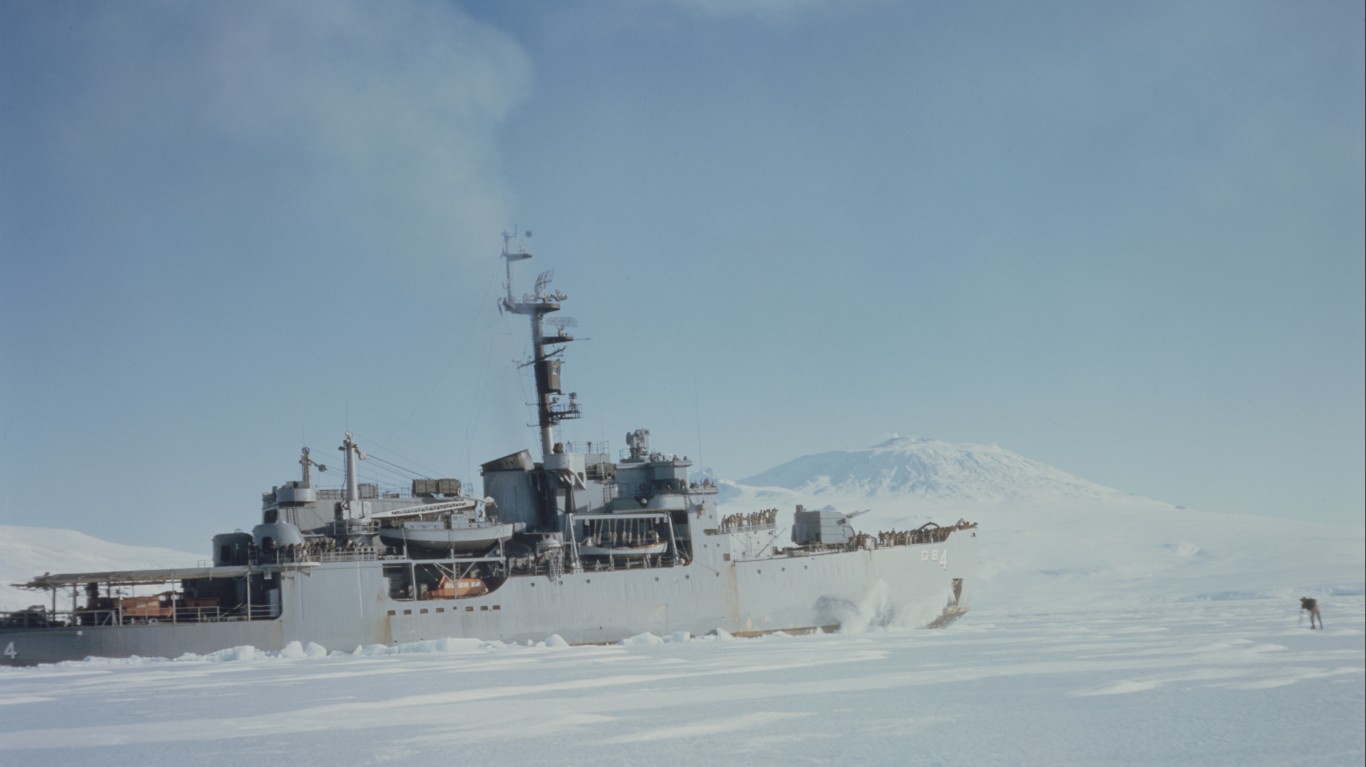
- Rainfall per year: Less than 0.004 inches
This region holds the title of the driest place on Earth. It receives very little rainfall each year, with many places not seeing any rain at all. These dry valleys are a series of ice-free valleys in Victoria Land, Antarctica. The lack of precipitation is caused by strong, persistent winds that dissipate any moisture that might fall as snow.
Get Ready To Retire (Sponsored)
Start by taking a quick retirement quiz from SmartAsset that will match you with up to 3 financial advisors that serve your area and beyond in 5 minutes, or less.
Each advisor has been vetted by SmartAsset and is held to a fiduciary standard to act in your best interests.
Here’s how it works:
1. Answer SmartAsset advisor match quiz
2. Review your pre-screened matches at your leisure. Check out the advisors’ profiles.
3. Speak with advisors at no cost to you. Have an introductory call on the phone or introduction in person and choose whom to work with in the future
Thank you for reading! Have some feedback for us?
Contact the 24/7 Wall St. editorial team.

